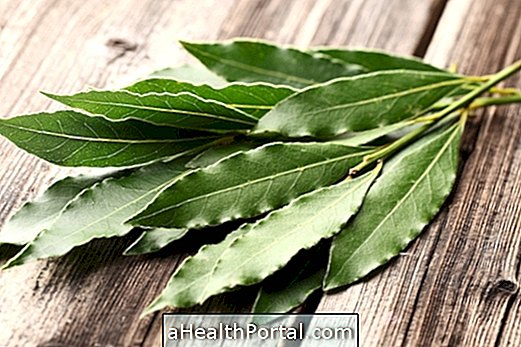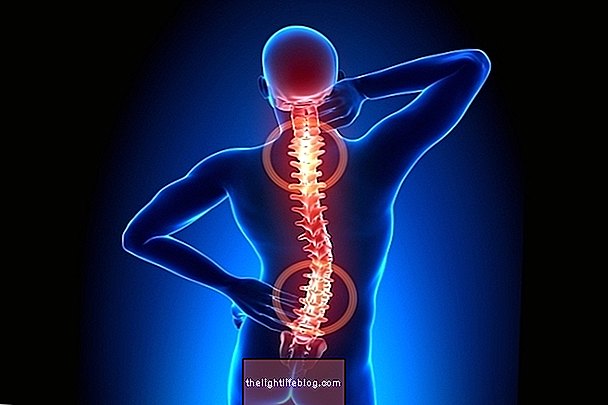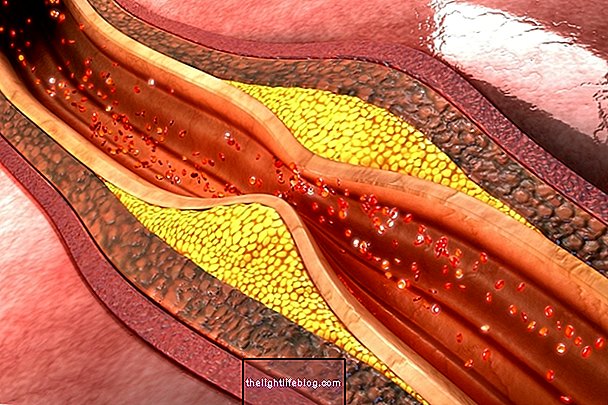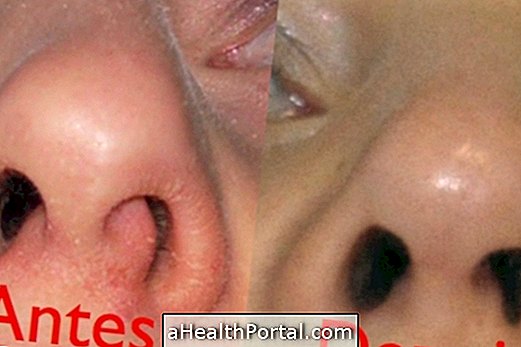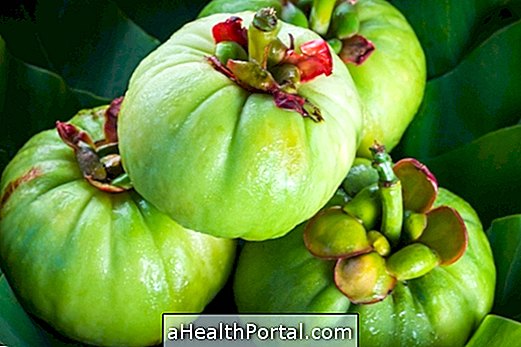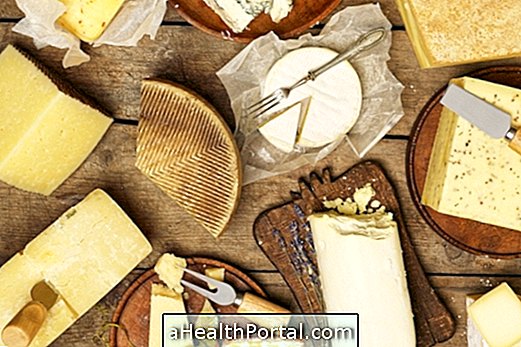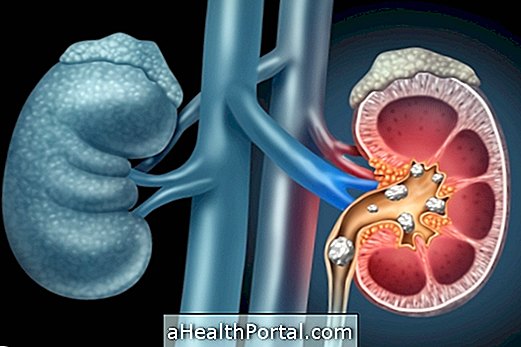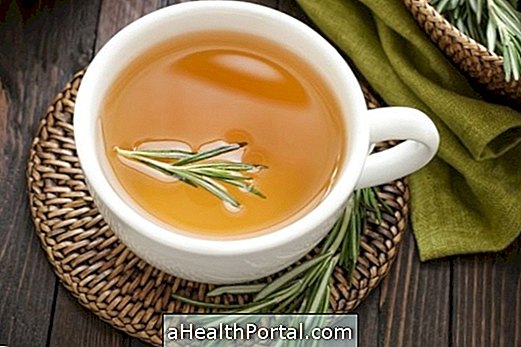The cholesterol diet should be low in fat because it improves blood circulation and decreases the risk of accumulating fat in the blood, preventing the occurrence of cardiovascular diseases such as heart attack or stroke.
In this way, total blood cholesterol levels should be balanced, with values below 190 mg / dl and for this it is important to maintain a healthy diet and practice physical activity at least 3 times a week.
Here's how to feed on the video:
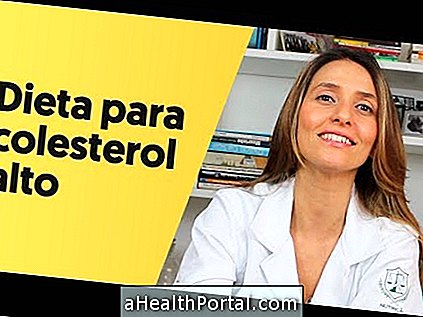
Foods allowed
To lower your cholesterol, you should eat foods that are low in fat, such as:
- Bread, rice, pasta and whole flours every day;
- Beans, grains, lentils and soybeans about 2 times a week;
- Almond, hazelnuts and walnuts, about 5 units per day;
- Skimmed milk, white cheese and light yogurt;
- Fish at least twice a week;
- Fruits, about 2 or 3 units per day.
High-fat foods such as fried foods, sausages or red meats and foods that are not whole should not be consumed as they raise bad cholesterol levels in the blood, increasing cardiovascular risk and having diseases such as heart attack or stroke, for example . Get to know more cholesterol-rich foods.
Forbidden foods
Some foods should be avoided by those who have high cholesterol because they are high in fat, such as:
- Seafood;
- Animal viscera;
- Butter and oil;
- Pre-made pizza;
- Sweets in general and chocolates;
- Yellow cheeses;
- Fatty meats such as picanha, maminha or pig;
- Alcoholic beverages.
- In addition it is recommended not to stay more than 3 hours without eating, drinking water at meal intervals and practicing some type of physical activity at least 3 times a week.


Here's how you can use some of these foods to regulate blood cholesterol:
| Foods | properties | How to consume |
| Tomato | It has lycopene which is a substance that lowers blood cholesterol. | Can be used in salads |
| Red wine | It can prevent fat molecules from attaching to the walls of the arteries, unclogging and facilitating the passage of blood. | Only 1 glass of wine should be consumed at lunch or dinner. |
| Salmon, hake, tuna, walnuts | Helps prevent clumping of platelets, which form clots and can clog arteries. | Must be eaten cooked or grilled, 3 to 4 times a week. |
| Grape | It has antioxidants like flavonoids that help lower blood cholesterol | Can be used in juices or consumed as dessert |
| Garlic | It contains a substance called allicin, which fights bad cholesterol levels and controls the pressure, decreasing the risk of heart attack | Can be used to season foods |
| Olive oil | Prevents cholesterol oxidation | It should be added in salads and after cooking, because when it is heated it loses its properties. |
| Lemon | It has antioxidants that prevent oxidation of good cholesterol | You can add the lemon juice in salads or mix with other juices or teas |
Cholesterol Lowering Diet Menu
Here's an example menu for high cholesterol lowering diet:
- Breakfast : 1 cup of skim milk, which is enriched with omega 3, 2 slices of brown bread and 1 teaspoon of light jelly;
- Collation : 200 ml of natural grape juice;
- Lunch : Mashed potatoes with boiled fish and grated carrots or 200g of whole pasta with tomato with grilled turkey breast and scalded spinach;
- Snack : 1 natural yogurt with 1 tablespoon of whole grains;
- Dinner : Asparagus sauteed with boiled chicken with lettuce salad or pumpkin soufflé with grilled fish with onion and garlic;
- Supper : 1 cup of tea without sugar.
However, the diet to lower bad cholesterol, also known as LDL, should always be directed by a nutritionist so that it is adapted to the needs of each one.
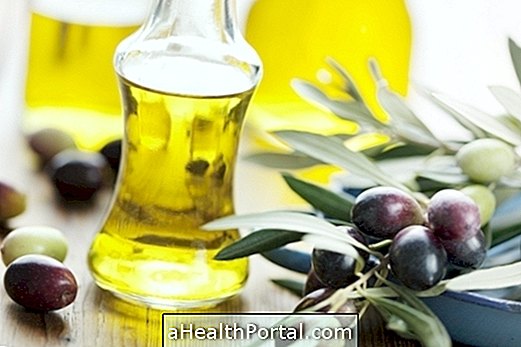
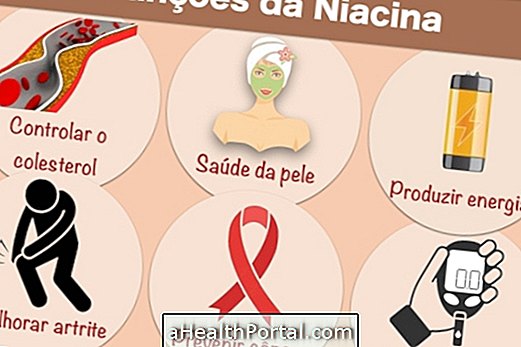
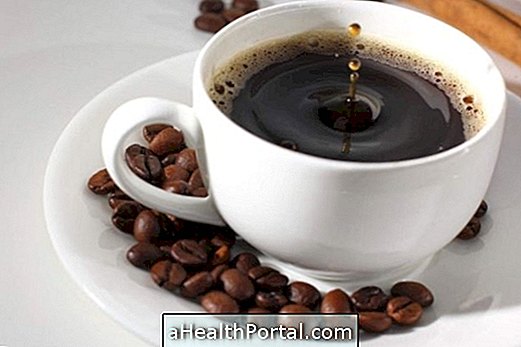
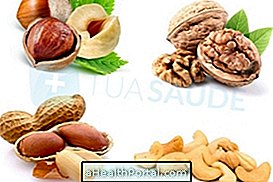
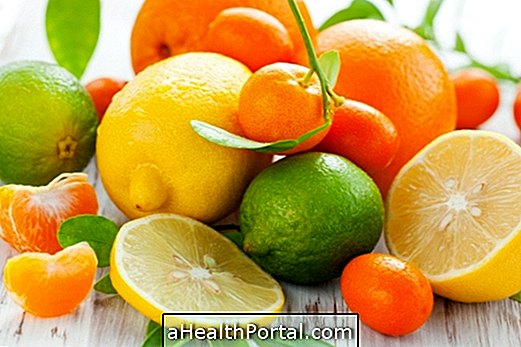
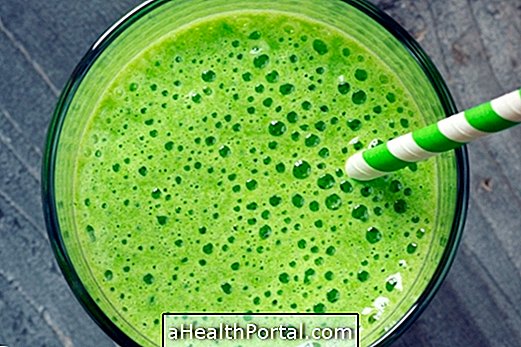

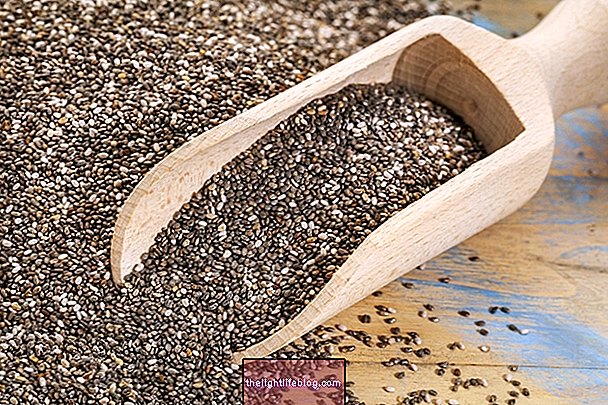

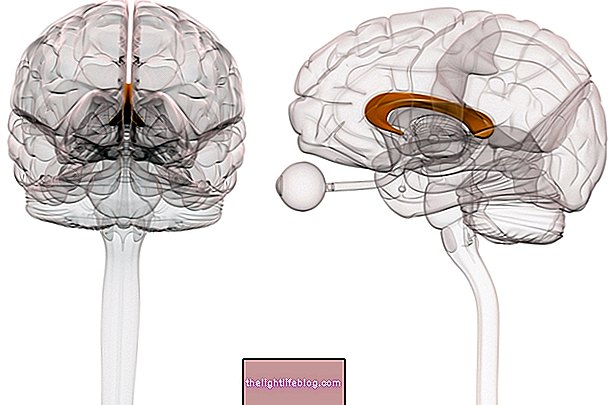

-o-que--sintomas-e-tratamento.jpg)
